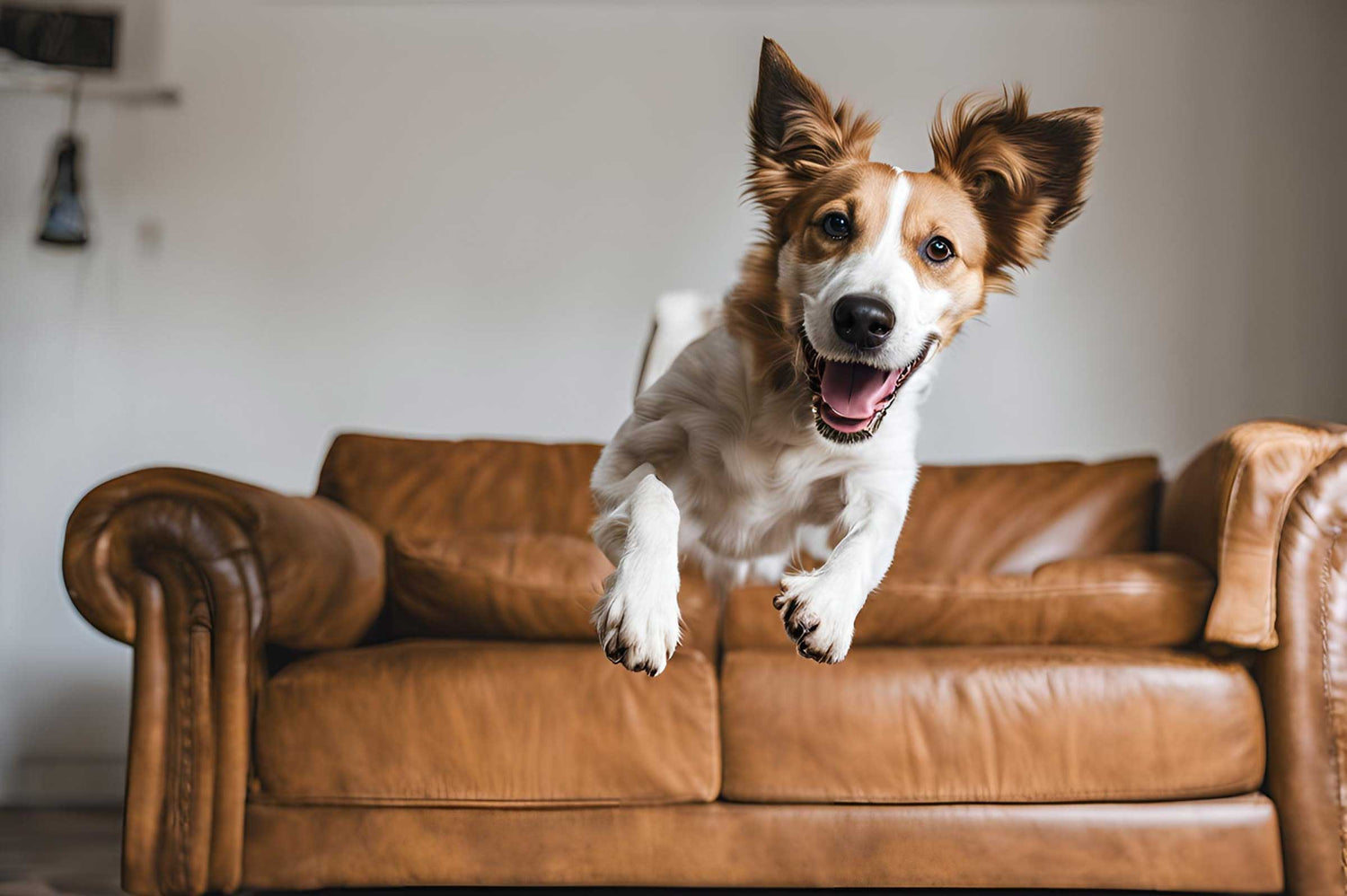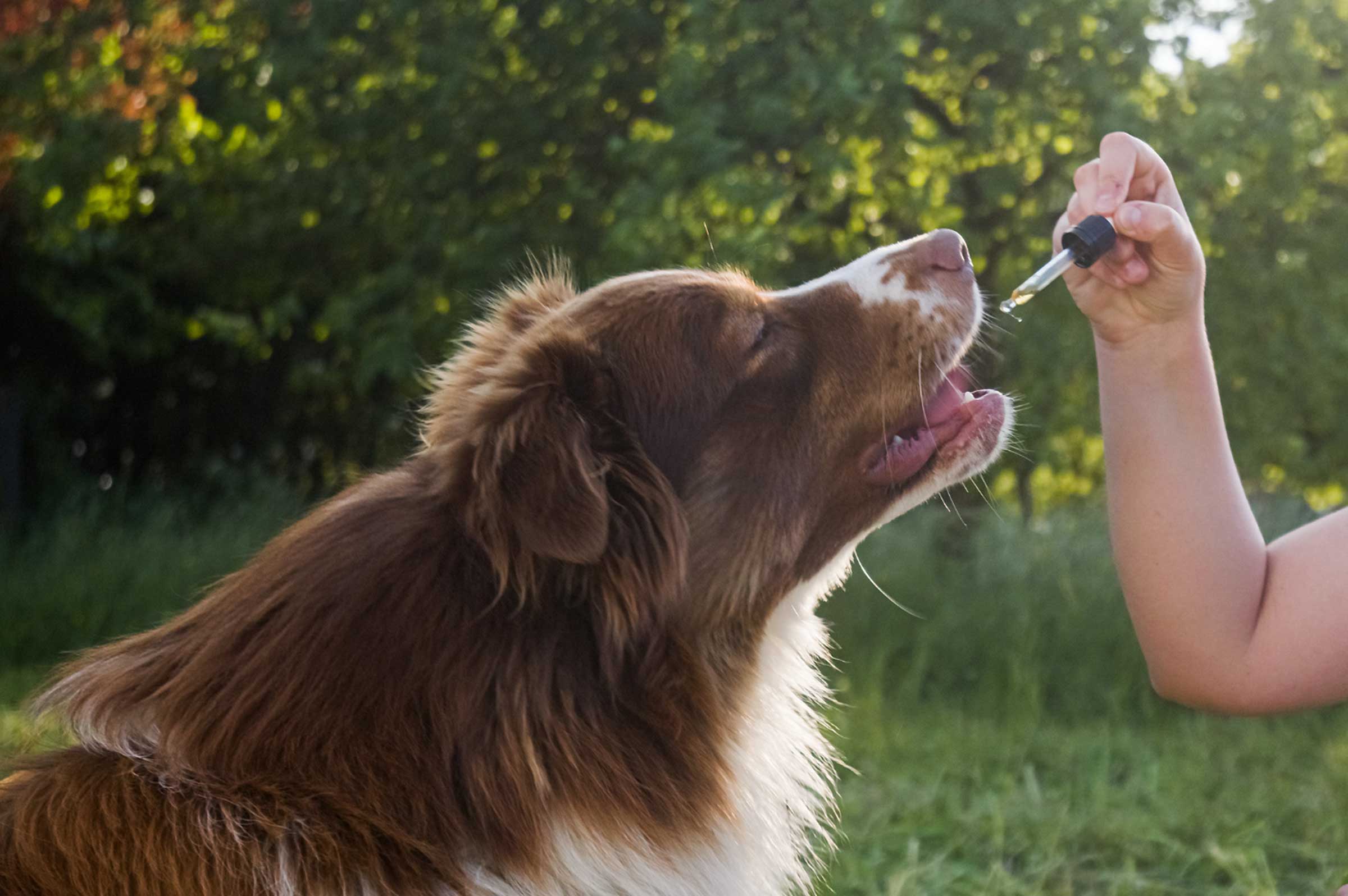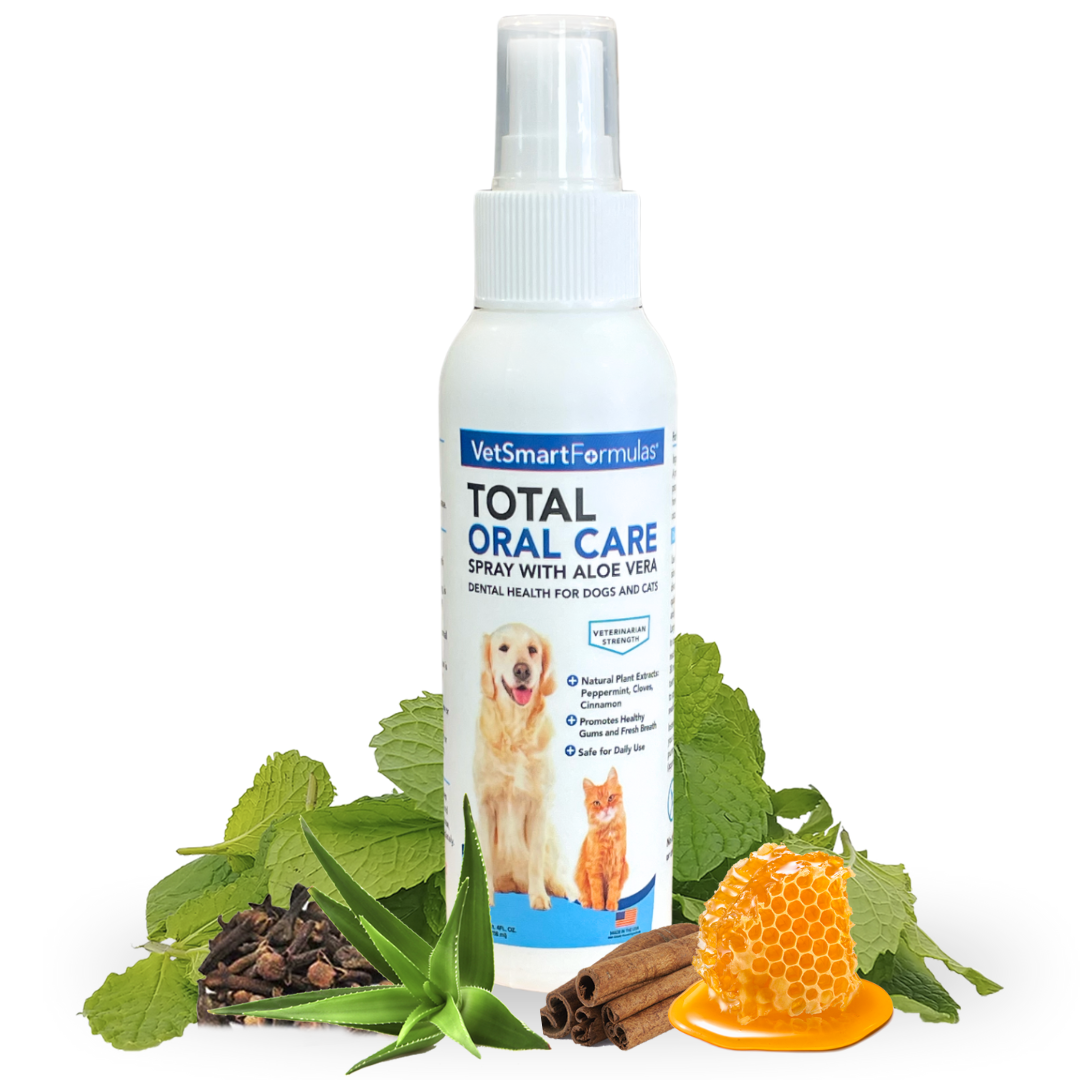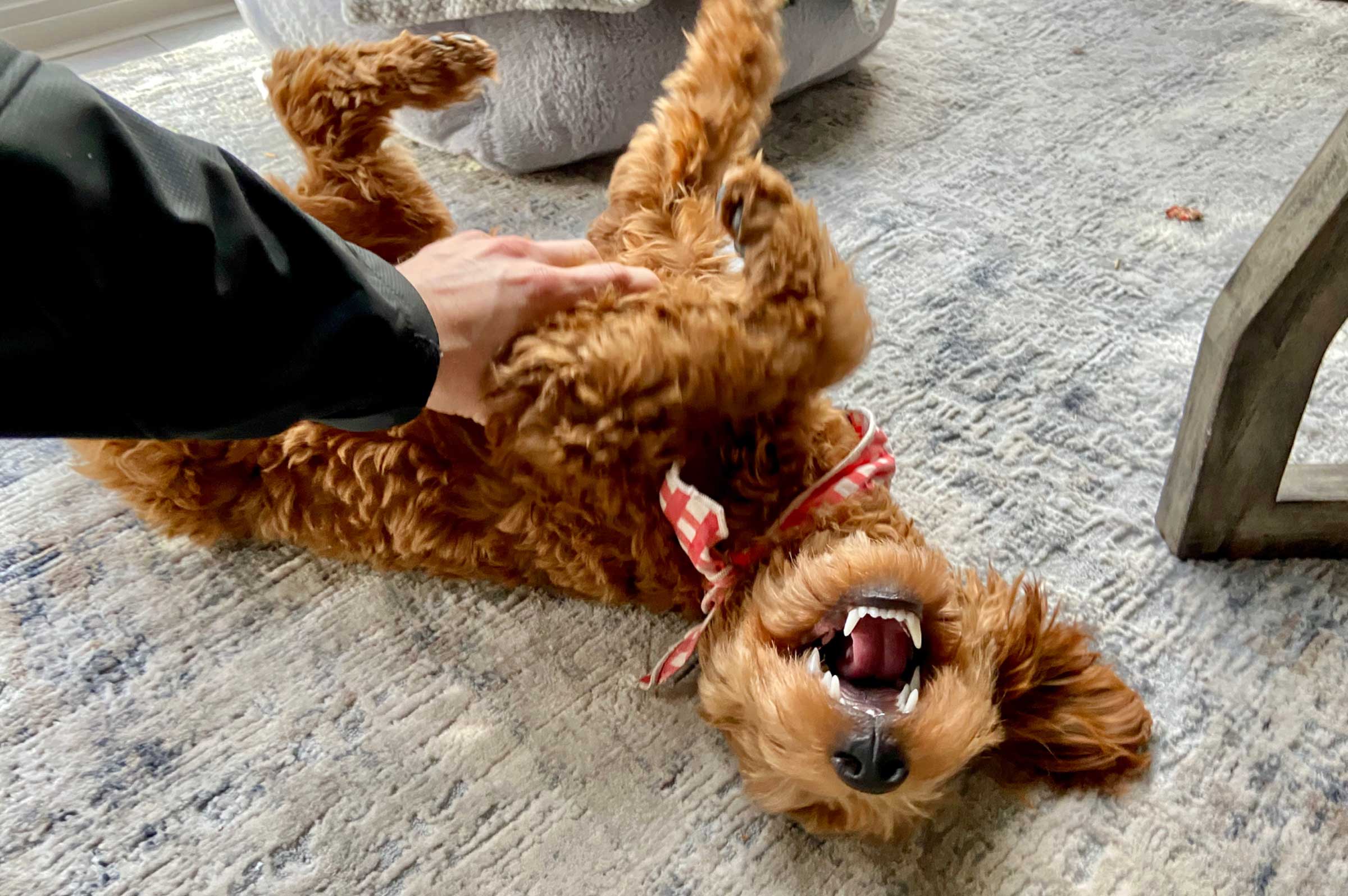Puppies are bundles of energy and curiosity, often exploring their world by jumping on and off furniture. While this behavior can be endearing, it can also lead to potential hazards for your furry friend and wear and tear on your home. Here’s a comprehensive guide to managing your puppy’s jumping behavior, ensuring safety and harmony in your living space.
Understanding the Behavior
Before addressing the issue, it’s essential to understand why puppies jump on furniture. Common reasons include curiosity and exploration, seeking comfort, attention-seeking, and instinctual behavior. Puppies love to explore their surroundings, and furniture might seem like a cozy and elevated spot. Jumping can also be a way for your puppy to get your attention, and dogs are natural jumpers, making this behavior instinctual.
Potential Risks
Jumping on and off furniture can lead to several problems, including injury, behavioral issues, and damage to furniture. Puppies can hurt themselves when jumping, especially from high places. Allowing this behavior can make it harder to control your puppy in other situations, and scratches, stains, and general wear and tear can affect your furniture.
Steps to Manage and Train Your Puppy
Creating a puppy-friendly environment is the first step. Designate safe spaces where your puppy can rest and play, and use barriers like baby gates to restrict access to certain areas. Positive reinforcement training is also crucial. Reward your puppy with treats and praise when they stay on the floor or in designated areas, and ensure everyone in the household follows the same rules to avoid confusing your puppy.
Redirecting your puppy's energy can also help manage jumping behavior. Provide interactive toys that engage and entertain your puppy, reducing the temptation to jump on furniture. Regular exercise is essential to burn off excess energy, ensuring your puppy gets plenty of physical and mental stimulation.
Training specific commands can be very effective. Teach your puppy a command for getting off furniture, like "off," using a firm but gentle tone. You can also train your puppy to go to a designated spot, like a bed or mat, when told, using a command like "place."
Using deterrents can also be helpful. Place unpleasant surfaces, such as aluminum foil or double-sided tape, on furniture to deter your puppy from jumping. Commercial deterrents, like pet-safe sprays, can make furniture less appealing.
Long-Term Solutions
Consider enrolling your puppy in obedience classes to reinforce good behavior and consult your vet for additional tips to ensure there are no underlying health issues affecting your puppy’s behavior.
Conclusion
Managing your puppy’s jumping behavior requires patience, consistency, and a proactive approach. By understanding the reasons behind the behavior and implementing positive training techniques, you can ensure a safer environment for your puppy and a more harmonious home. Every puppy is different, and finding what works best for your furry friend might take time, but the results are well worth the effort.
Did you know that arthritis is the #1 health issue dogs have, and it starts as early as one year old! Studies show that 60% of dogs seven years or older suffer from painful arthritis. So, while you are working on managing your puppy, you should also think about a joint supplement, like Pet Wellness Direct’s Early Stage Hip + Joint Complex.











